Home>Garden Essentials>How Long Does It Take Lettuce To Germinate?
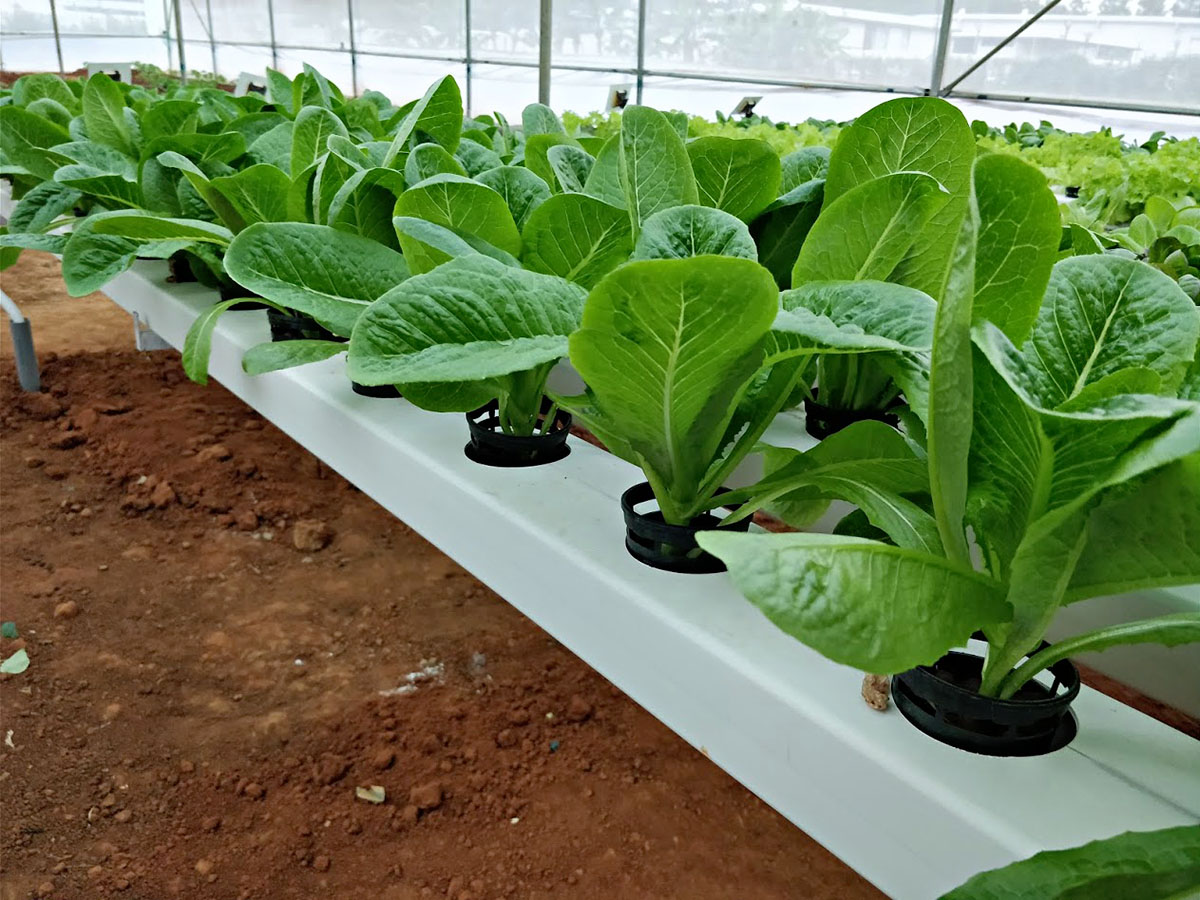

Garden Essentials
How Long Does It Take Lettuce To Germinate?
Modified: October 19, 2024
Discover the duration it takes for lettuce to germinate in your garden. Find out the essential factors influencing the germination process for a successful yield.
(Many of the links in this article redirect to a specific reviewed product. Your purchase of these products through affiliate links helps to generate commission for Storables.com, at no extra cost. Learn more)
Introduction
Gardening enthusiasts and vegetable lovers alike often find themselves wondering how long it takes for lettuce seeds to germinate. Understanding the germination time for lettuce is crucial for planning and ensuring a successful harvest. Whether you are growing lettuce in your backyard garden or in containers on your balcony, knowing the average germination period can help you manage your expectations and make informed decisions for your garden.
Lettuce, known botanically as Lactuca sativa, is a popular leafy green vegetable that is relatively easy to grow. It is a cool-season crop, meaning it thrives in cooler weather conditions, making it an excellent choice for early spring and fall planting. Lettuce seeds are small and delicate, requiring specific conditions to germinate successfully.
In this article, we will explore the factors that affect lettuce germination, discuss the ideal conditions for germination, explore the germination time for different lettuce varieties, and provide some helpful tips for germinating lettuce seeds. Whether you are a seasoned gardener or a beginner, understanding the germination process will set you on the right path to a bountiful lettuce harvest.
Key Takeaways:
- Lettuce seeds need cool soil, moisture, darkness, and shallow planting for optimal germination. Understanding these factors can lead to a successful and bountiful lettuce harvest.
- Different lettuce varieties have varying germination times, ranging from 5 to 14 days. Knowing the approximate germination period for each type can help gardeners plan and manage their gardening schedule effectively.
Factors Affecting Lettuce Germination
Several factors play a crucial role in the germination of lettuce seeds. Understanding these factors will help you create optimal conditions for successful germination. Here are some key factors that can affect lettuce germination:
Soil Temperature
Lettuce seeds require cool soil temperatures for optimal germination. The ideal temperature range for lettuce germination is between 45°F (7°C) and 75°F (24°C). Higher temperatures can inhibit germination, while lower temperatures can significantly slow down the process. To ensure proper soil temperature, it is advisable to start lettuce seeds early in spring or late in summer when the weather is cooler.
Moisture Level
Moisture is essential for lettuce seed germination. Adequate soil moisture helps soften the seed coat and initiates the germination process. It is crucial to keep the soil consistently moist but not overly saturated. Ensure that you provide enough water to keep the soil damp, but avoid excessive watering, which can lead to seed rot or fungal diseases. Mist the top layer of soil with water daily to maintain moisture levels until the seeds germinate.
Light Exposure
Lettuce seeds do not require light for germination. In fact, they prefer darkness during the germination process. Planting lettuce seeds too deeply or covering them with excessive soil can prevent germination. Lightly press the seeds into the soil, ensuring they are in good contact with the moist soil. This promotes proper germination and emergence of the seedlings.
Seed Quality
The quality of lettuce seeds can significantly impact their germination rate. Always choose fresh, high-quality seeds from reputable suppliers to maximize germination success. Check the seed package for the seed viability or expiration date to ensure you are working with viable seeds. Proper seed storage in cool, dry conditions can also help maintain seed viability.
Seed Depth
Lettuce seeds are small and should be planted shallowly. Plant the seeds no more than 1/4 inch (0.6 cm) deep into the soil. Planting them too deep can lead to poor germination or difficulty in seedling emergence.
By carefully considering and managing these factors, you can create ideal conditions for lettuce seed germination. Providing the optimal environment will enhance the chances of successful and timely germination, leading to healthy lettuce plants ready for harvest.
Ideal Conditions for Lettuce Germination
Lettuce seeds require specific conditions to germinate successfully. By providing these ideal conditions, you can ensure a higher germination rate and faster seedling emergence. Here are the key components of the ideal conditions for lettuce germination:
Temperature
For lettuce seeds to germinate effectively, the soil temperature should be between 45°F (7°C) and 75°F (24°C). Temperatures outside of this range can inhibit or delay germination. To maintain the right temperature, it is best to start lettuce seeds in early spring or late summer when the weather is cooler. You can also use a soil thermometer to monitor the temperature and make adjustments if needed.
Moisture
Lettuce seeds require constant moisture to soften the seed coat and initiate germination. Keep the soil consistently moist but not waterlogged. One way to ensure adequate moisture is by misting the top layer of soil daily. This method prevents the seeds from drying out while avoiding excessive watering that can lead to root rot or fungal diseases. Regularly check the moisture level and adjust watering as necessary to maintain an optimal growing environment.
Light
Unlike some seeds, lettuce seeds do not require light to germinate. In fact, they prefer darkness during the germination process. Plant the seeds at a suitable depth (around 1/4 inch or 0.6 cm) in the soil and lightly press them to ensure good contact with the moist soil. This helps create the ideal conditions for seed germination and encourages healthy seedling emergence.
Soil Quality
High-quality soil is essential for successful lettuce germination. Choose a well-draining soil that is rich in organic matter. Loose and crumbly soil texture allows the seeds to establish roots easily and promotes healthy growth. Prior to planting, amend the soil with organic compost or well-rotted manure to provide essential nutrients, enhance water retention, and improve soil structure.
Air Circulation
Proper air circulation is crucial for preventing dampness and fungal diseases, which can hinder germination. Ensure that your garden or growing containers have sufficient airflow and ventilation. Avoid overcrowding or overwatering, as these can lead to poor air circulation and increase the risk of fungal issues. Proper air circulation promotes healthier seedlings and reduces the likelihood of damping-off disease.
By creating these ideal conditions, you are setting the stage for successful lettuce germination. Remember to monitor and maintain these conditions throughout the germination period to ensure optimal growth and maximize your lettuce yield.
Germination Time for Different Lettuce Varieties
The germination time for lettuce can vary depending on the variety you choose to grow. While most lettuce varieties have a similar germination period, there are slight variations that you should be aware of. Understanding the approximate germination time for different lettuce varieties can help you plan your gardening schedule and manage your expectations. Here are some common lettuce varieties and their estimated germination times:
Butterhead Lettuce
Butterhead lettuce varieties, such as Bibb and Boston, are known for their loose, buttery leaves and mild flavor. These varieties typically have a germination time of approximately 7 to 14 days. It is important to note that some butterhead lettuce varieties may have a slightly longer germination period.
Romaine Lettuce
Romaine lettuce, also known as cos lettuce, is characterized by its elongated, crisp leaves and distinctive flavor. Romaine lettuce generally has a germination time of around 7 to 10 days. However, certain Romaine varieties may take slightly longer to germinate.
Leaf Lettuce
Leaf lettuce varieties, including red leaf, green leaf, and oak leaf, are popular for their loose, tender leaves and diverse colors. Leaf lettuce typically has a faster germination time compared to other lettuce types, ranging from about 5 to 10 days. Some varieties may even show signs of germination in as little as 3 to 4 days.
Crisphead Lettuce
Crisphead lettuce, such as iceberg lettuce, is known for its tightly packed, crunchy leaves and mild taste. However, crisphead lettuce tends to have a longer germination time compared to other lettuce types, usually taking around 10 to 14 days to germinate. It is important to exercise patience when growing crisphead lettuce varieties.
Looseleaf Lettuce
Looseleaf lettuce is a versatile and easy-to-grow variety that offers a wide range of leaf shapes, colors, and flavors. The germination time for looseleaf lettuce is similar to that of leaf lettuce, typically ranging from 5 to 10 days. Some looseleaf lettuce varieties may even show signs of germination within 3 to 4 days.
Remember, the germination times mentioned above are approximate and can vary depending on various factors such as temperature, moisture, and seed quality. It is essential to provide optimal conditions and regularly monitor the progress of your lettuce seeds for a successful germination process.
Lettuce seeds typically germinate within 7-14 days when planted in well-draining soil and kept consistently moist. Providing a warm environment can help speed up the germination process.
Germination Techniques for Lettuce Seeds
Lettuce seeds are relatively easy to germinate, but employing the right techniques can greatly enhance the success rate and speed up the germination process. Here are some effective germination techniques to consider when starting lettuce seeds:
Pre-soaking
Pre-soaking lettuce seeds can help expedite the germination process. Place the seeds in a small container and cover them with lukewarm water. Let the seeds soak for 12 to 24 hours before planting. This softens the seed coat and promotes faster germination. After pre-soaking, make sure to drain off the excess water before planting the seeds.
Stratification
Stratification is a technique used to simulate the natural conditions necessary for seed germination. For lettuce seeds, cold stratification can be beneficial. Place the seeds in a damp paper towel or a moistened coffee filter and seal it in a plastic bag. Refrigerate the bag for about 7 to 10 days. The cold temperature mimics winter conditions and can help break the seed dormancy, leading to quicker and more consistent germination.
Seed Scarification
Some lettuce seeds have a hard seed coat that can prevent water absorption and hinder germination. Seed scarification is a technique that involves mechanically damaging or breaking the seed coat to promote germination. Gently rub the surface of the seeds with sandpaper or nick the seed coat with a sharp knife. Be careful not to damage the embryo inside. Scarification allows water to penetrate the seed coat, encouraging faster germination.
Using Seed Starting Mix
Lettuce seeds prefer a well-draining and nutrient-rich medium for germination. Choose a high-quality seed starting mix or create your own by combining equal parts of peat moss, vermiculite, and perlite. Fill seed trays or pots with the mixture and lightly press the lettuce seeds into the surface, ensuring good seed-to-soil contact. Mist the surface with water to keep it evenly moist until germination occurs.
Using Seedling Heat Mats
Providing bottom heat can improve germination rates, especially when growing lettuce in cooler climates or during early spring. Using seedling heat mats or placing flats with planted seeds on top of a warm fridge or radiator can provide the necessary warmth for prompt germination. Just make sure to monitor the soil temperature to avoid overheating and drying out of the soil.
By utilizing these germination techniques, you can enhance the germination success of your lettuce seeds. Experiment with different methods and find what works best for you and your growing conditions. Remember to be patient and provide consistent care to ensure healthy seedling growth and a bountiful harvest.
Common Issues and Troubleshooting
While lettuce germination is generally straightforward, there can be some common issues that gardeners may encounter. It’s important to address these issues promptly to ensure successful seed germination and healthy plant growth. Here are some common issues and troubleshooting tips:
Poor Germination
If you notice a low germination rate or slow germination, review your growing conditions. Check that the soil temperature is within the optimal range for lettuce seed germination (45°F to 75°F or 7°C to 24°C). Inconsistent soil moisture could also be a culprit. Ensure that the soil is consistently moist but not overly saturated. Consider using techniques such as pre-soaking, stratification, or scarification to increase germination rates.
Damping-Off Disease
Damping-off disease is a fungal infection that affects young seedlings, causing them to wilt and die. Excessive moisture, poor air circulation, and crowded seedlings can contribute to the development of this disease. To prevent damping-off, provide adequate air circulation by spacing out your seedlings and avoiding overwatering. Ensuring proper drainage, using sterile seed-starting mix, and maintaining a clean growing environment can also help prevent the disease from spreading.
Seedling Weakness or Legginess
Seedlings that appear weak or leggy (thin and elongated stems) may be struggling to receive enough light. Inadequate light can cause seedlings to stretch towards the light source, resulting in weak stems. To address this issue, provide adequate lighting by placing seedlings near a sunny window or using grow lights. Adjust the light source to ensure that seedlings receive 12-16 hours of light per day.
Pests and Critters
Common garden pests such as slugs, snails, and rabbits can munch on tender lettuce seedlings, damaging or sometimes completely destroying them. To deter pests, consider using physical barriers like netting or fences to protect your plants. Additionally, organic pest control methods like diatomaceous earth or companion planting can be helpful in keeping unwanted visitors at bay.
Environmental Stress
Extreme weather conditions, such as heatwaves or sudden temperature fluctuations, can stress lettuce seedlings and slow down their growth. Protect your young seedlings from extreme heat by providing shade or using row covers. Similarly, protect them from cold snaps by using frost blankets or bringing potted lettuce indoors during cold nights.
By identifying and addressing these common issues, you can optimize the germination process and ensure healthy lettuce seedlings. Regular monitoring, proper care, and timely intervention will help you overcome challenges and set your lettuce crop up for success.
Conclusion
Lettuce germination is a crucial phase in the journey of growing this popular leafy green vegetable. By understanding the factors that affect germination, creating ideal conditions, and employing effective germination techniques, you can greatly increase the success rate and speed up the germination process. Providing the right balance of temperature, moisture, light, and soil quality sets the stage for healthy seedlings and a bountiful harvest.
Remember to consider the specific germination times for different lettuce varieties, as each type may have a slightly different germination period. This knowledge will help you plan accordingly and manage your gardening schedule. It is also important to be aware of common issues that may arise during germination, such as poor germination rates, damping-off disease, and pest attacks. By troubleshooting these issues promptly, you can minimize their impact on your lettuce crop.
Growing lettuce from seed can be a gratifying experience, allowing you to experience the full cycle of plant growth and witness the fruits of your labor. The germination stage is just the beginning of this journey, and proper care should continue as the seedlings develop into mature plants. Regular watering, weed control, and providing adequate nutrition will ensure the healthy growth and development of your lettuce plants.
Whether you are a seasoned gardener or a beginner, understanding lettuce germination is fundamental to achieving a successful harvest. By employing the knowledge and techniques shared in this article, you can grow vibrant, crispy heads of lettuce, or harvest tender baby leaves for your salads and sandwiches. With a little patience, care, and attention to detail, you will be rewarded with the joy of homegrown lettuce that is fresh, nutritious, and bursting with flavor.
Frequently Asked Questions about How Long Does It Take Lettuce To Germinate?
Was this page helpful?
At Storables.com, we guarantee accurate and reliable information. Our content, validated by Expert Board Contributors, is crafted following stringent Editorial Policies. We're committed to providing you with well-researched, expert-backed insights for all your informational needs.
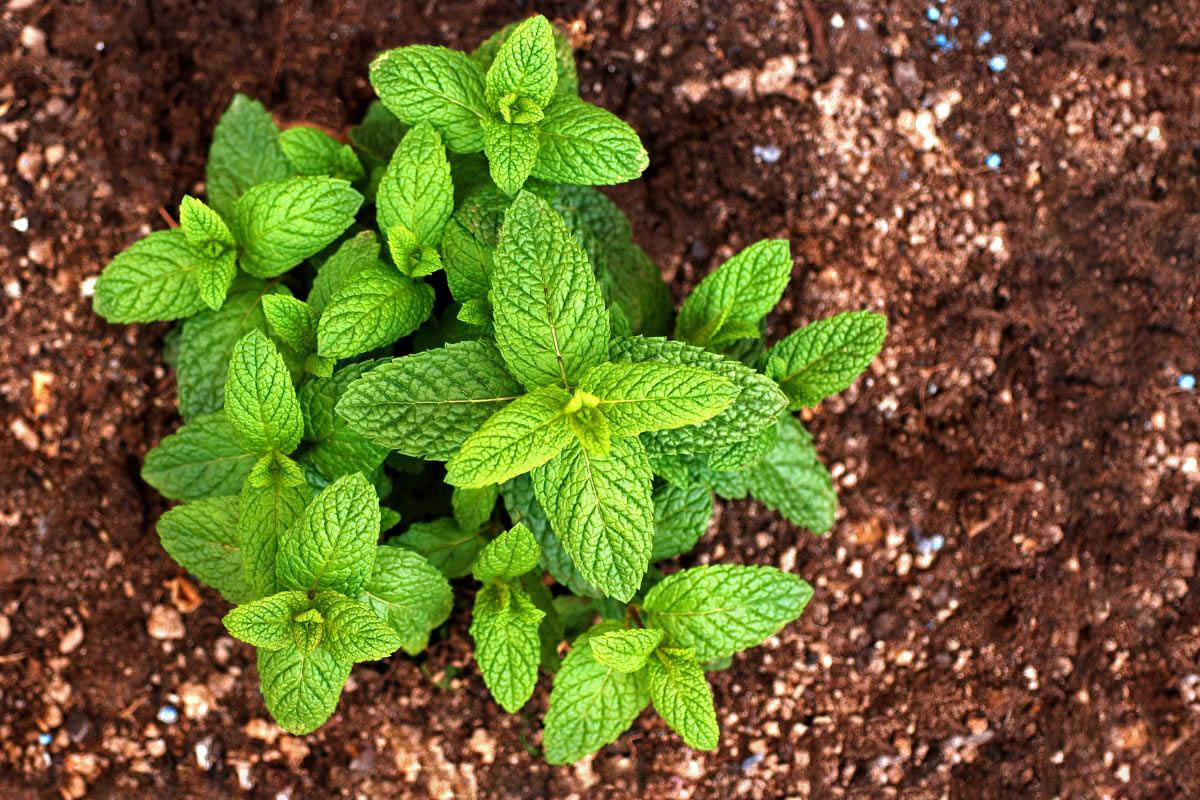


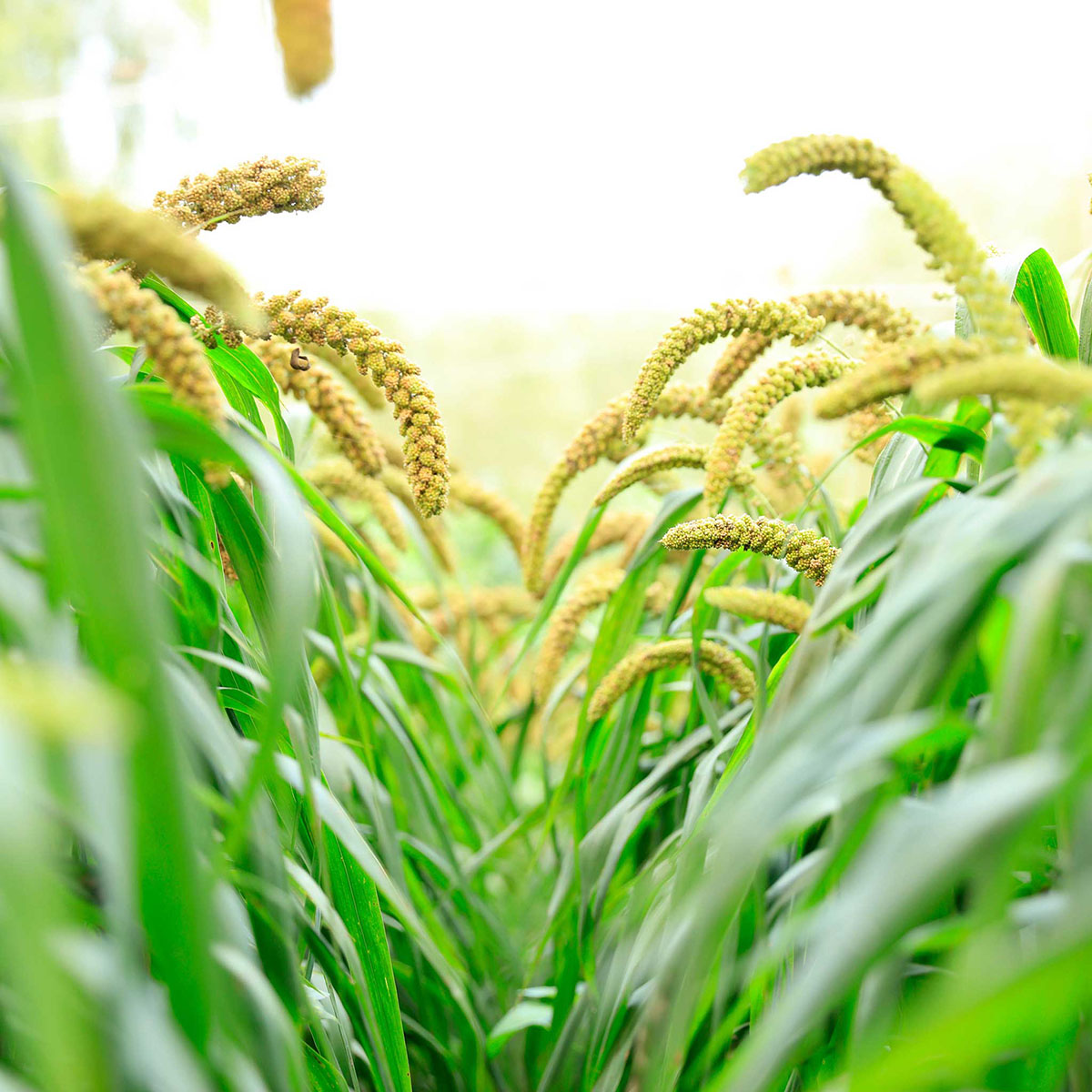
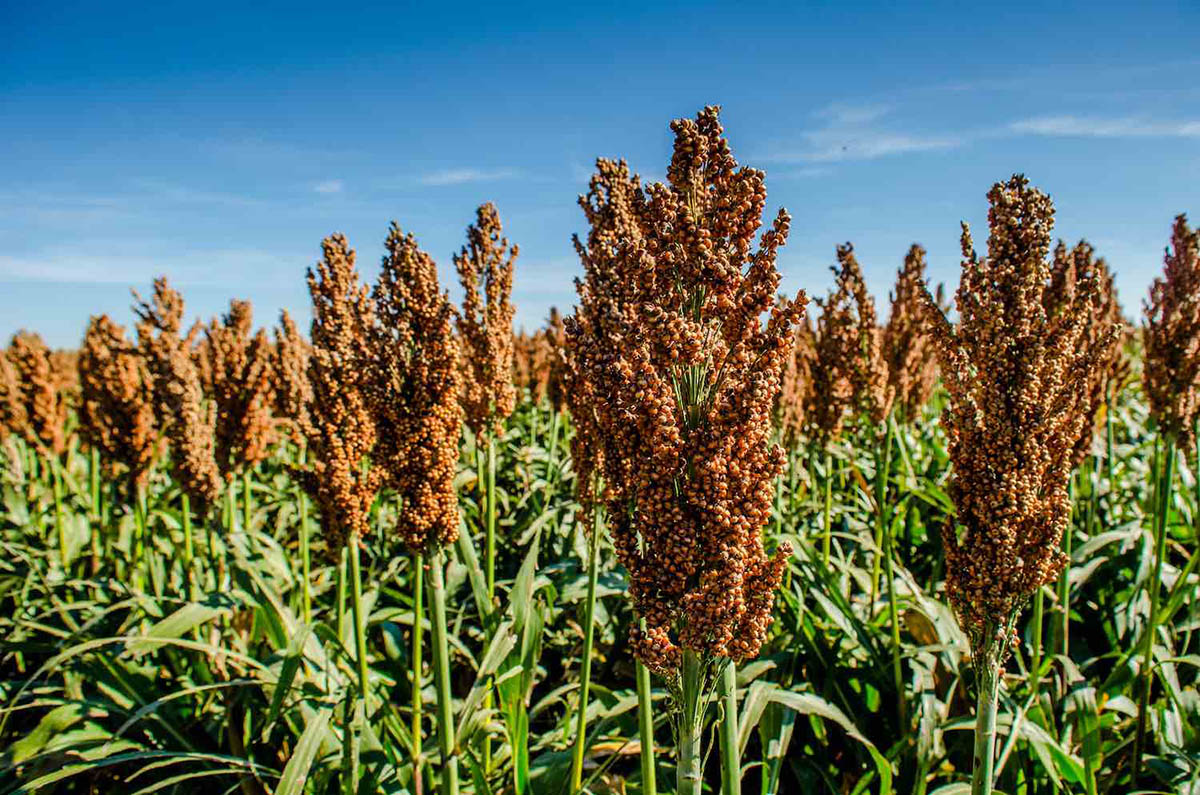

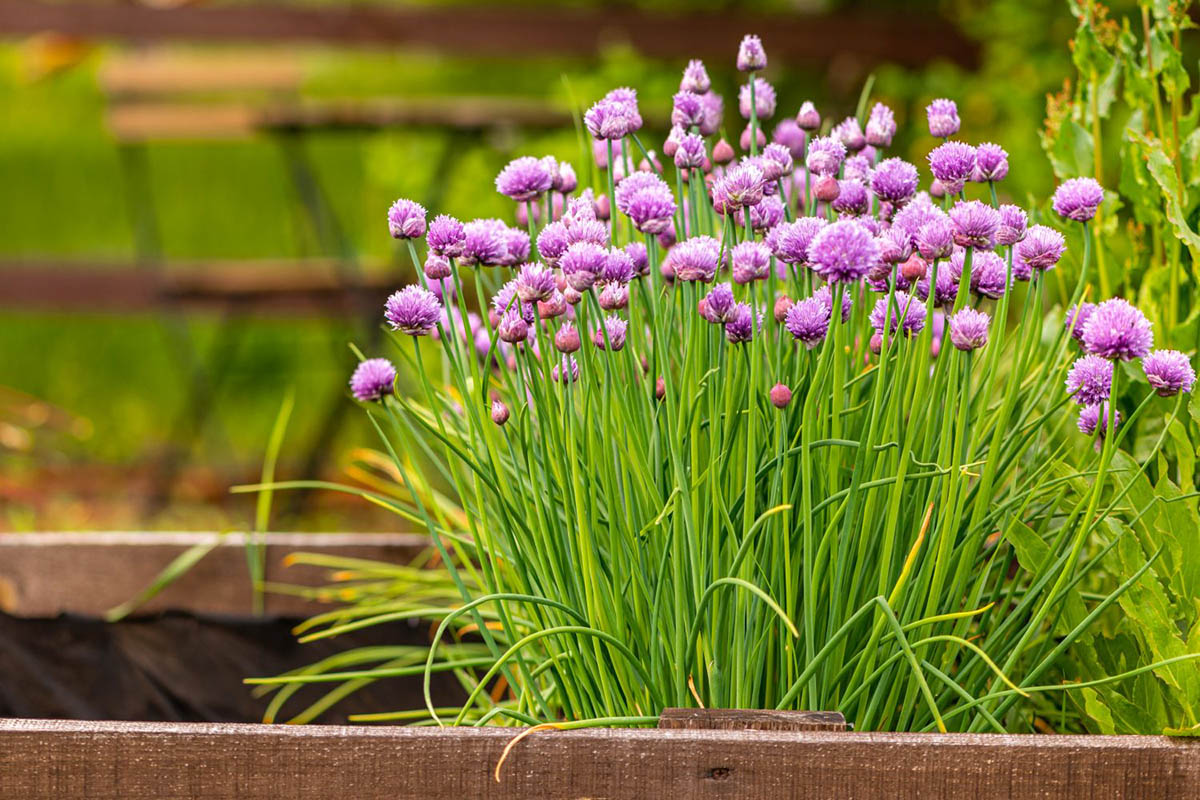
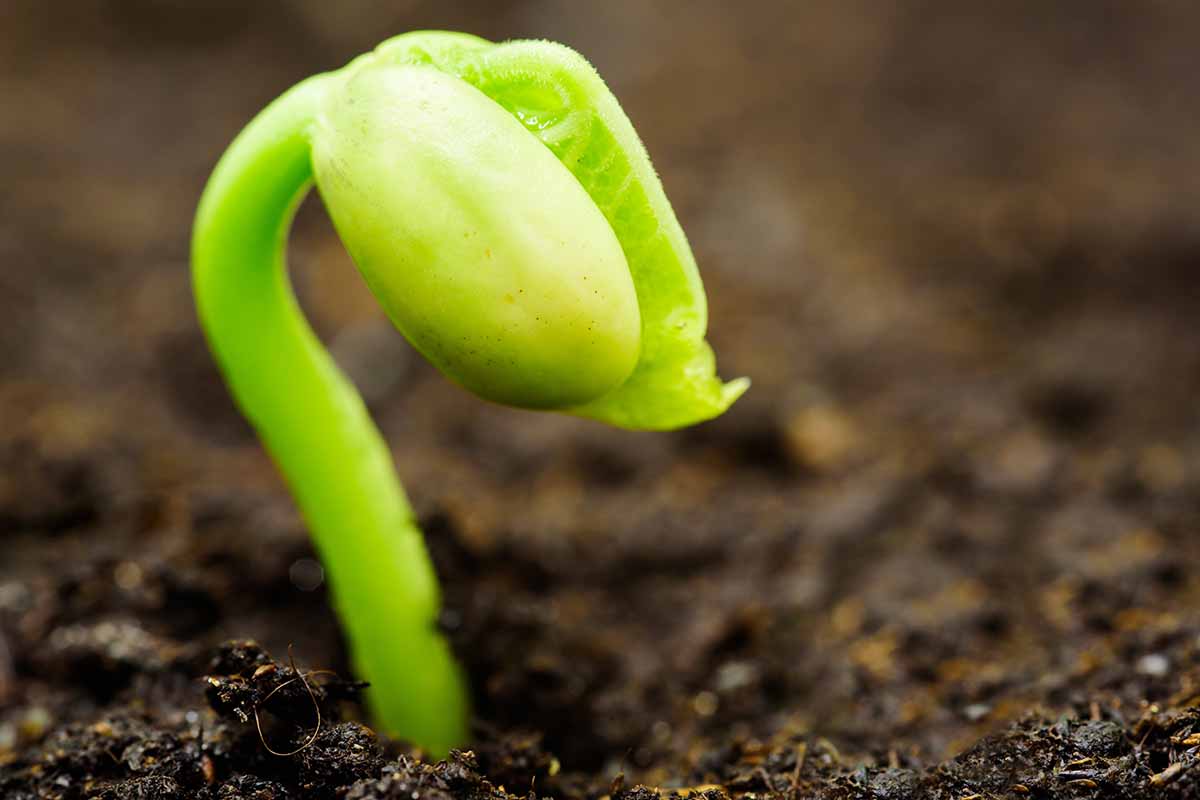

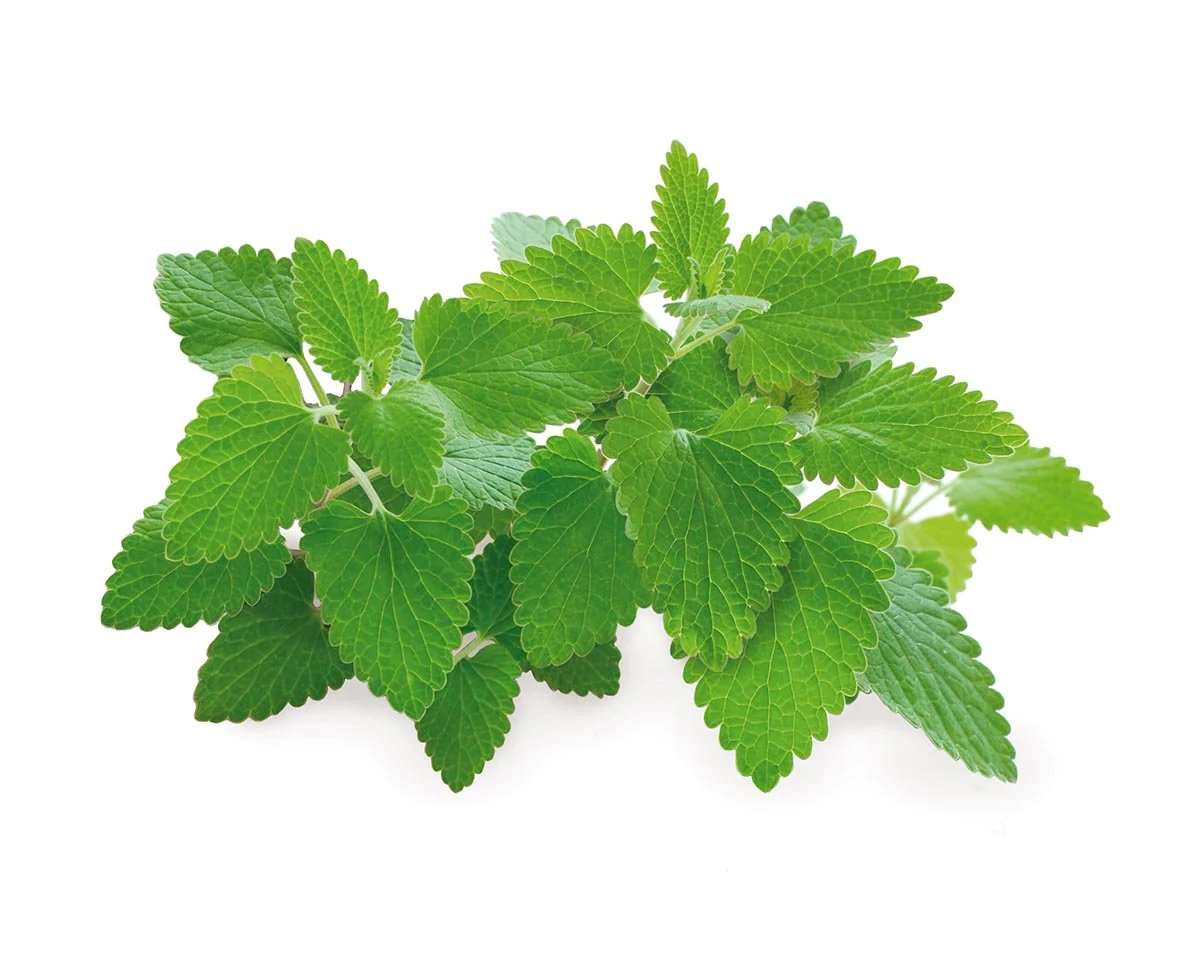
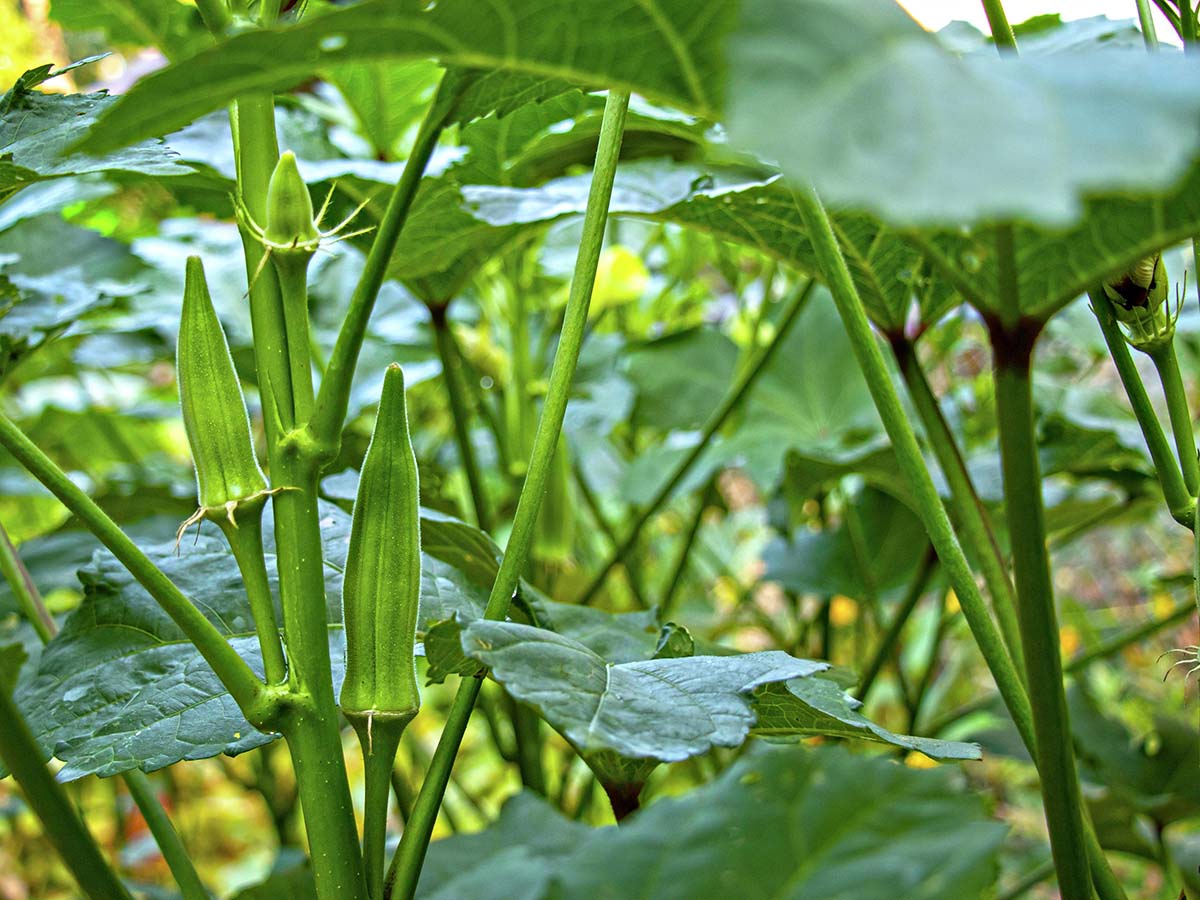
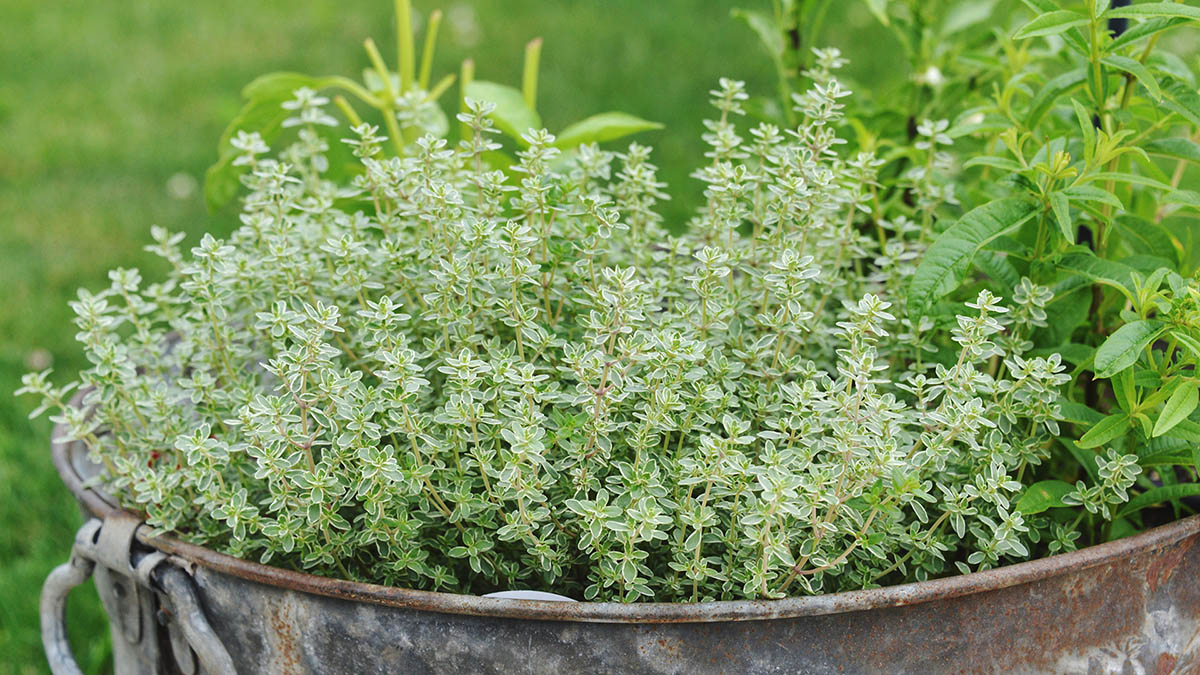

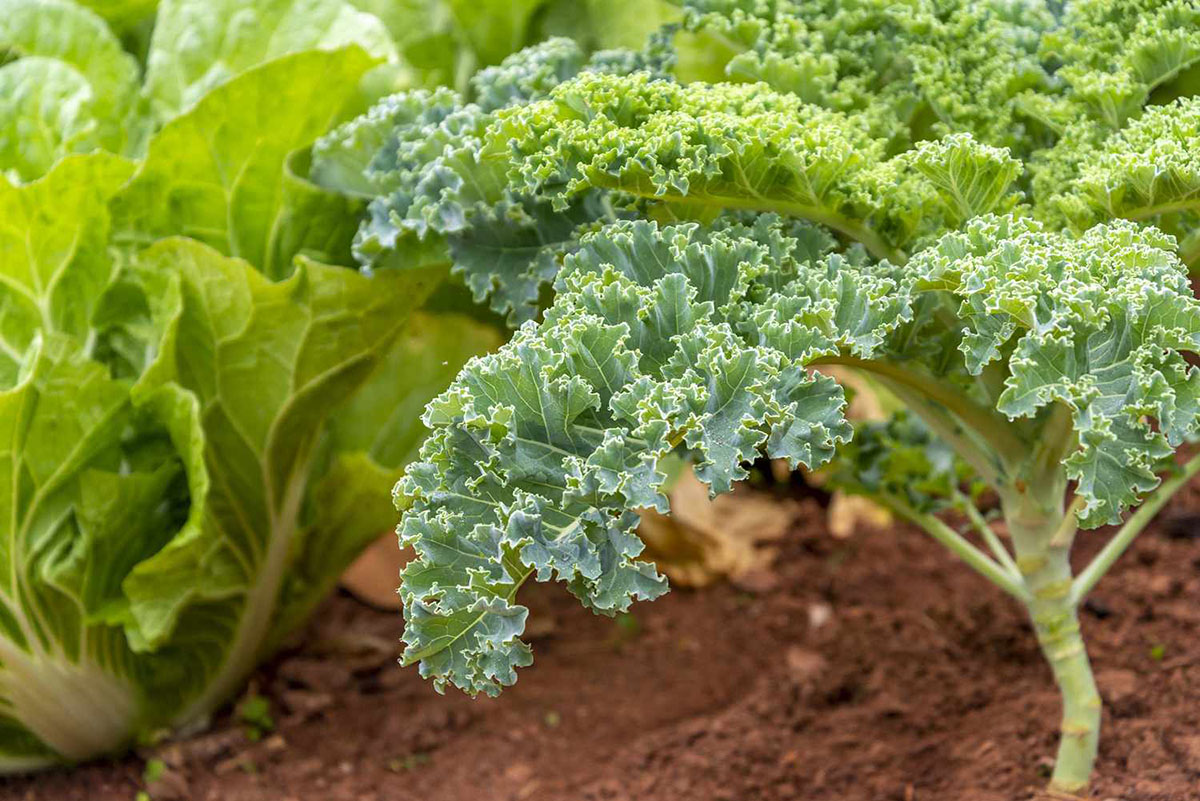

0 thoughts on “How Long Does It Take Lettuce To Germinate?”